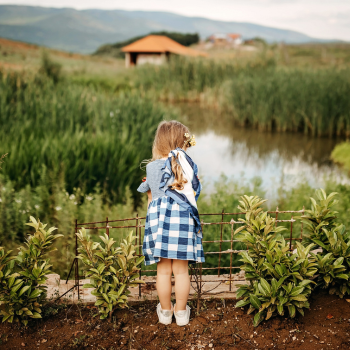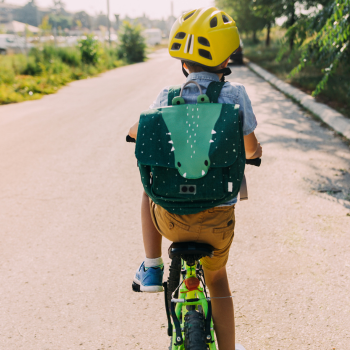As we celebrate many remarkable projects and heartwarming stories EcoSchools have engaged throughout the school year, we want to take some time to consider how we can extend the incredible environmental efforts beyond our school communities and classrooms. What would it look like to bring environmental learning and action into our summer holidays?
Though it might seem like the actions undertaken as an EcoTeam member or EcoTeam lead are only relevant within a school or classroom setting, many of our EcoSchools actions can also provide inspiration for environmental action in our homes and communities. Themes like waste-reduction, energy conservation and deepening our connection to nature and land are diverse, which allows for plenty of ways to engage with them.
Here are some ways to bring EcoSchools learning and action home and to your communities throughout the summer break:
1. Connect with Nature: One way to develop our relationship with nature is to build an awareness of where we are and to situate ourselves in relation to the land. Questions we can ask ourselves include: Who am I in relation to the land I am on? How did I get to the land I am on? To deepen our understanding of the land we can learn about the Indigenous territories we are on as well as the history of and treaties associated with the land and their traditional names. We can also learn more about the native flora and fauna of the land we are on. Resources like Native Land Digital and Whose Land can be helpful tools to begin our journeys of personal land acknowledgement.
There are so many different ways we can explore our personal relationship to nature. One of these ways can be by simply getting outside. Often just being outside can remind us of our inherent connection to nature, that we are not only in relationship to nature but are nature ourselves.
2. Considering waste at home: Another way we can bring environmental action to our homes is by considering our waste. A major component of EcoSchools programming is in sorting waste and emphasizing waste reduction. So how can we implement these practices aimed at reducing waste in our homes and communities? Waste audits can be a great way to understand what items are creating the most waste, and allow us to consider alternatives. It can also be helpful to look into what options we have for reducing waste at home, for example, access to a recycling or compost system. These are both great ways to divert waste from the landfill.
Some other ways we can reduce our waste at home are by buying in bulk over single-portioned items (like tetra packs or individually wrapped snacks), and to swap single-use items to reusable ones where possible. Also, donating gently used items like clothes or homeware instead of throwing them away are another great way to avoid waste being sent to landfills, along with purchasing used or thrifted items instead of new ones.
3. Energy conservation & Reducing emissions: Similar to the EcoSchools initiatives you may have seen, or been a part of, there are many simple ways we can address our energy consumption. To start, we can begin to observe our habits and the habits of others we share a space with, thinking of questions like: Are lights often left on when no one is in a room? Is the AC left on even when no one is home? Asking a few simple questions and making personal observations can help you start thinking about your energy habits and ways you can start to conserve more energy or lessen your energy consumption.
EcoSchools actions to help reduce emissions like the Active and Sustainable Transportation action can also be taken beyond our school communities. Through this action, you may have thought about how to get to school in a way that is more active and sustainable, like roller-blading, biking, or walking to school, but shifting our travel habits doesn’t have to stop there. Creating the habit of walking or taking public transport rather than driving or getting a ride somewhere is a great way to start reducing emissions and acting for the planet.
Lastly, as we move into the season of summer: follow your curiosity! There are so many ways we can connect with nature and act for the environment, in our schools, communities and our homes. Leading the way with what you’re already interested in and passionate about creates the possibility of environmental action. Whether you want to lean into your strengths or explore new ways to get involved, there is room for everyone and all unique talents and abilities in the environmental movement.
So, what does environmental action beyond the school look like for you?



